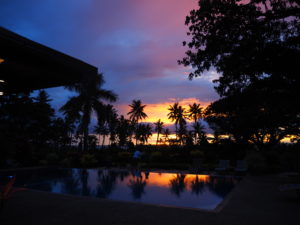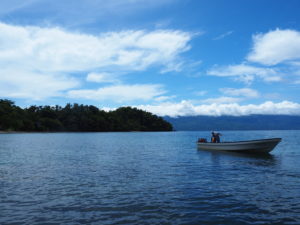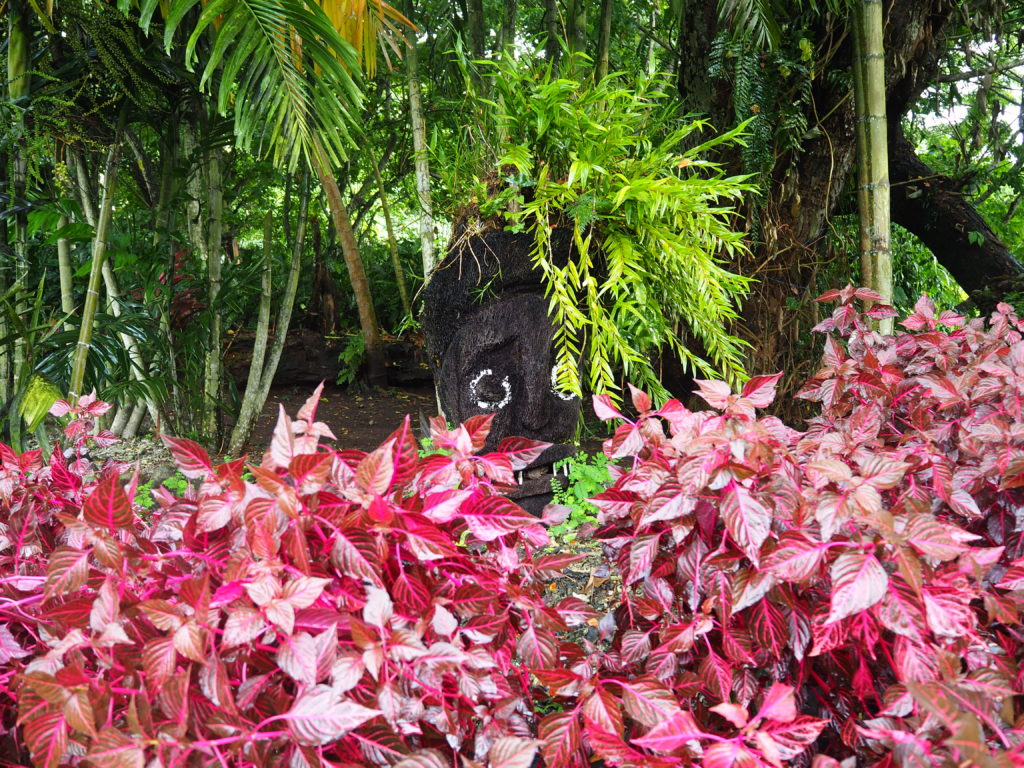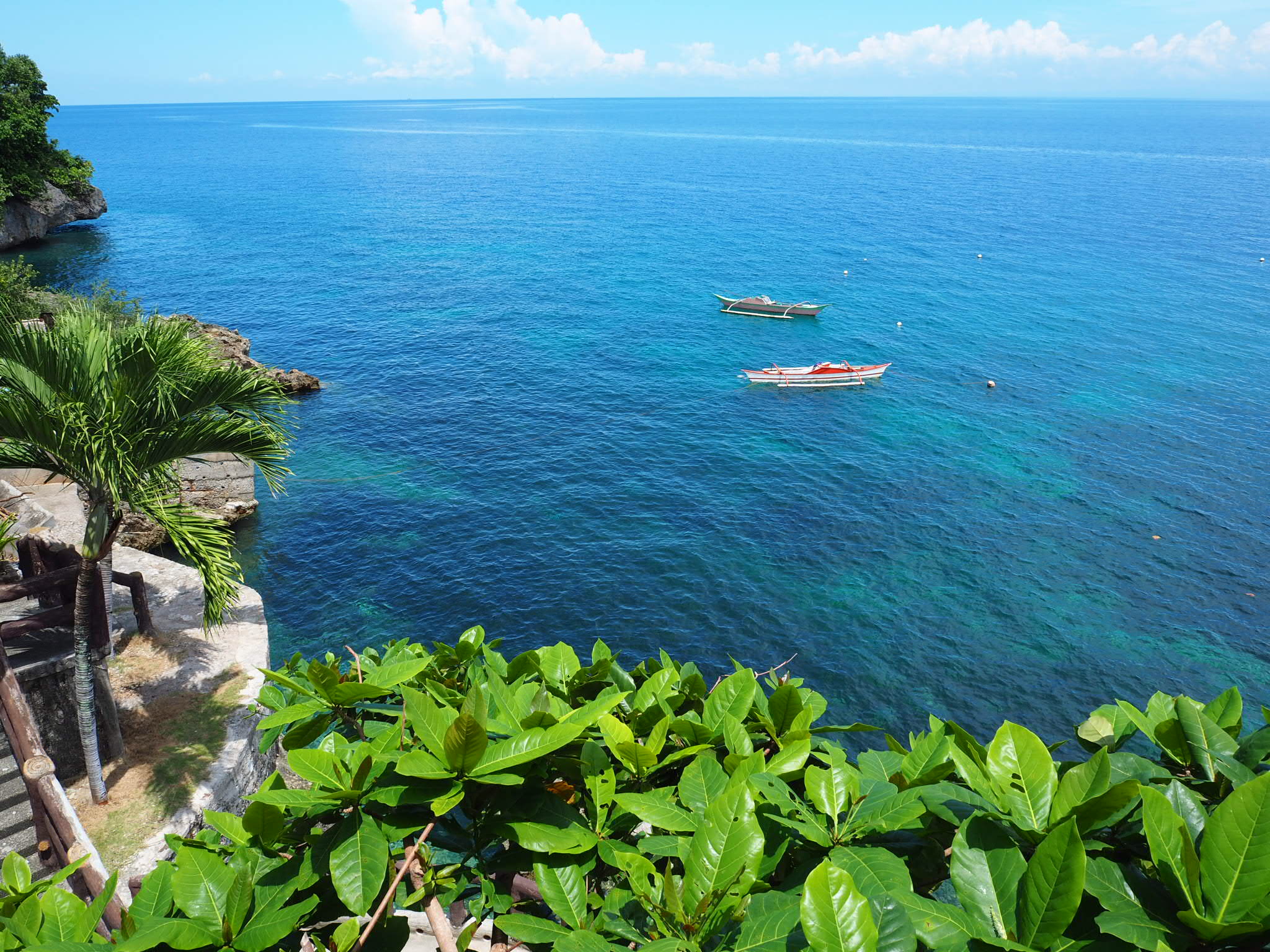The rainbow reef in between the islands of Taveuni and Vanua Levu is considered to be one of the best soft coral dive spots on the planet. Even with our rather limited diving experience we would be hard pushed to disagree.
Which island is best?
If you wish to dive from Vanua Levu you will need to fly to Savu Savu directly. From here it is then a long bus ride to the resorts that are on close to the reef. Staying in Savu Savu means long boat trips out the reef itself. I dived around Savu Savu back in 2008 and whilst the diving was very good it was not at the level of the rainbow reef in my opinion. If you are planning on staying in Savu Savu check with dive operators first if they do go out to the rainbow reef.
We chose to fly to Taveuni for the reasons listed below
- Close proximity to the reef. The majority of dive sites are 10-20 minutes boat ride from Taveuni’s western coastline. From Savu Savu it is substantially longer. To combat this many guests will stay at resorts 2-3 hours from Savu Savu so that they can be much closer to the reef. In truth there are very few resorts that are as close to the reef as the western side of Taveuni.
- Travel Time: Flights from Nadi and Suva to both Taveuni and Savu Savua are plentiful. Travel from Taveuni airport down to the diving resorts is very convenient. This is not the case is for the island of Vanua Levu.
- Price: Quite simply it was cheaper to go to Taveuni to dive than Vanua Levu.
However please do your research as travel conditions on Vanua Levu are changing and prices can naturally fluctuate throughout the year.
Where did we stay?
We stayed with Taveuni dive resort. Initially we were going to stay at a cheap backpackers close to the airport and catch a taxi down to the dive resort. However with the cost of transport included it was actually cheaper to stay at the resort itself. In hindsight this was definitely the best decision for us.

Can you dive here as an inexperienced diver?
Yes you can. Miranda actually did her open water certification here and loved it. All of the instructors were excellent. They clearly knew the reefs like the back of their hand and we always felt completely safe and comfortable.
What did we see?
The most important question about any dive site; what is lurking beneath the waves? It is important to note that the rainbow reef is not the place to find the bigger stuff like manta rays and the bigger brothers of noble black and white tipped reef sharks. The thing that makes the rainbow special is the shear volume of marine life. Everywhere you look there just seems to be a plethora of critters swimming around you.
Particular highlights included:
Seeing a huge sea turtle swimming past us whilst diving the white wall.
Hanging out with a black tip reef shark on the ocean floor.
Doing our safety stop at 5 metres and being surrounded by a school of thousands upon thousands of fusiliers.
Dive Sites:
The rainbow reef has over 20 excellent dive sites. The most famous of which is the white wall. However it is important to note that this site is only available a couple of times a month as it is very dependent on currents. Also due to the currents in the area it is not a site that is recommended for inexperienced divers.
Each morning the dive masters will select the dive sites we would be visiting that day. We were very happy with all of the sites selected. On each of our 8 dives we visited different sites and as a result got to experience a huge variety of marine life.

Safety:
At no point did either of us feel unsafe. All of the staff made us feel completely at ease, which naturally made our diving experience far more enjoyable.
Currents:
It should be noted that some of the dive sites do have quite strong currents. These currents were factored into the sites we dove so that any time going against the current is kept as short as possible. That being said the drift dives we did there were absolutely exceptional.


2 Comments
I have appreciate with getting lot of good and reliable, legislative information with your post.Thanks for sharing such kind of nice and wonderful post.
Thank so much!